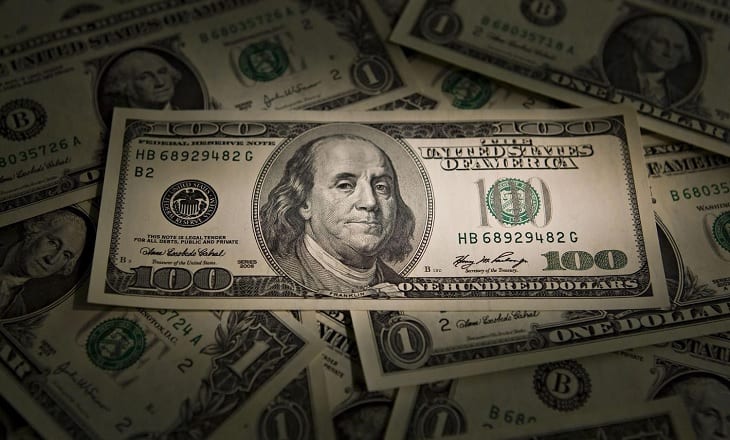The following post is based on research from Stephen Simonis Sr., Chief Currency Analyst at FXDD.

Stephen Simonis Sr., FXDD
The dollar benefited after President Trump’s election in November on hopes that things will finally get done in Washington. As those hopes are fading, so has the bullish tone on the dollar and it has fallen 7% this year. Political issues continue to weigh on the dollar with the failed health care issue and the administration’s connections with Russia now have traders doubting whether the promised tax reforms will come to fruition.
Perhaps even more significantly, the IMF’s Economic Outlook Committee raised its outlook for continental Europe while the U.S. outlook was lowered for 2017 and 2018. The report cited uncertainty over the timing and nature of U.S. fiscal policy with the IMF chief economist saying how the U.S.’s “near-term fiscal policy looks less likely to be expansionary than we believed in April.”
Stronger currencies elsewhere have helped fueled dollar weakness, including strength in JPY, NZD and AUD. The GBP continues to be strong despite troubles with Brexit discussions, and the ECB is seemingly unfazed by the recent strength in the euro.
It’s clearly not a good scenario for the USD and things in Washington seem like they can still get worse. The weakness this year has been relentless however the bearish move on the USD is beginning to be a bit overdone. There should be a short dollar rebound as the market takes a bit of profit from the USD before it heads lower still.
The Fed and the USD
Fed officials said they will begin to run off the 4.5 trillion USD balance sheet “relatively soon,” which caused a small sell off in the USD on Wednesday afternoon New York time. The Fed left rates unchanged which really surprised no one. While there is a five month hiatus before the possibility of another rate hike, it seems traders are locked into the fact that it appears the Republican majority has not and cannot deliver any real change and that continues to push the dollar lower.
The dollar has been the weakest G-10 currency this year but the timeline to analyze this change seems arbitrary. The dollar against G-10 currency gained 6% after the election last year so if analysts evaluate the change in currency against market highs the results will always be weaker. In order to accurately gauge the new administration’s effect on the dollar, investors should compare the USD starting from the time of President Trump’s election, in which case the USD would have fallen just under 3%.
It seems to me that long USD positions are being liquidated and short positions are being established right now. When the market overly skews one way (in this case, becoming overly bearish on the dollar), they tend to turn around quickly. We understand that there are issues here that clearly point to a lower dollar but we think the dollar will begin a recovery very soon. Let’s not forget that everyone was in love with the dollar after the election. If, indeed, some successes come around in Washington, the sentiment will surely change and it’s all just speculation at the moment.
